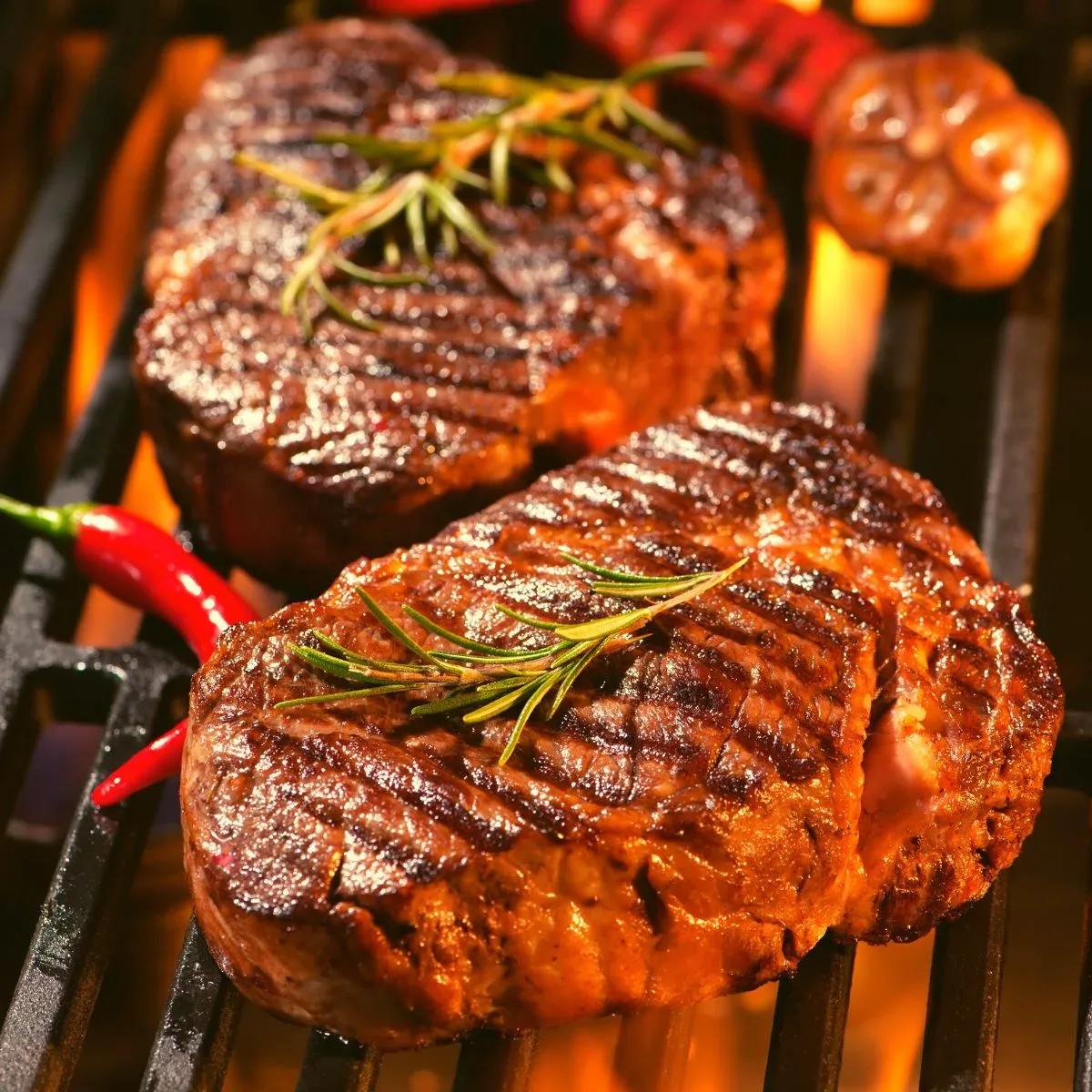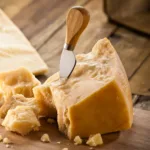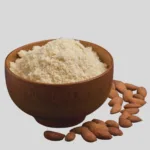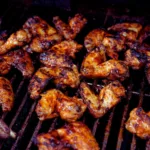Many think that grilling a perfect steak is easy. Until, they try for the first time and and up with a charred, tough, unsavory hunk of meat.
A Personal Story on Why Grilling a Steak is Important
This may be an uncommon belief, but I truly believe that knowing how to grill a great steak is a life skill. Why? Story time!
Shortly after we got married, my husband invited his friends over for a backyard barbecue. He had carefully selected the best cut of steak from our local butcher, and he was determined to grill it to perfection.
As the guests arrived, my husband began preparing the grill. He meticulously cleaned the grates, added fresh charcoal, and let the grill heat up to the perfect temperature. When he was satisfied with the heat, he placed the steak on the grill and began to cook it.
He knew that grilling a steak perfectly was important because it was a reflection of his skill as a host and a cook.
When the steak was done, John carefully removed it from the grill and placed it on a platter. The guests gathered around as he sliced into the meat, revealing a perfectly cooked medium-rare steak.
The guests couldn’t stop complimenting John on his cooking skills. They marveled at the juicy, tender meat and the perfectly charred exterior. Most importantly, our friends all agreed that it was not just about the taste of the steak, but my husband and his grilling creating a memorable experience of sharing a meal with friends and family. A moment that we still refer to more than 20 years later.
This could be you. And we are going to teach you how.
THE Key To A Perfect Steak? CONTROLLING YOUR FLAME!
At the core of grilling is the flame. Those who are skilled in the art of grilling comprehend how the fire generates heat, cooks, and imbues flavors into their steak. They recognize the precise level of heat needed for each cut of meat, fish, or vegetable.
Grilling masters have mastered the ability to regulate the fire, allowing them to sear the food to perfection, creating mouth-watering tastes and textures. They have also learned how to harness the smoky essence that arises when the natural juices and fat of the food intermingle with the grill’s heat.
Key Techniques to a Perfect Steak
1) Allow it to Rest.
Let your steak rest at room temperature for 15-30 minutes after taking it out of the refrigerator. A well-rested steak will cook more efficiently than a cold one, resulting in a more succulent final product.
2) Trim the fat on your steak
To enhance the taste of your steak, it’s advisable to maintain a thin layer of fat surrounding the edges. However, refrain from going overboard.
Trim all the fat except for a quarter of an inch around the edges. An excessive amount of fat could result in flare-ups, leading to unevenly cooked or even charred meat.
3) Salt and oil your steak
Apply a thin layer of olive oil to the steak to prevent it from sticking, and season it with salt 15-30 minutes before grilling.
The salt combines with the meat’s natural juices, enhancing the formation of a scrumptious crust during grilling. However, avoid seasoning it with salt too early as it can extract excessive moisture from the steak.
4) Add Smoke (Optional but Recommended)
Wood smoke can add a distinctive flavor to meat, surpassing that of any seasoning or sauce. You may want to consider sprinkling some wood chips or chunks (soaked in water for 30 minutes and drained) onto the burning charcoal or in the smoker box of a gas grill.
5) Keep the lid Closed!
It’s best to keep the lid of your grill closed and only open it when necessary to flip the steak. This practice will enable you to retain the smoke within the grill, enveloping your steak with an array of delightful aromatic flavors.
6) Use Tongs, Not Forks
Use tongs to flip your steaks (not forks). If you use forks to flip your steak, you will end up poking your meat (creating holes that will allow tasty juices to escape).
7) Getting Your Preferred Doneness Level
There are several ways to determine if a steak is done, including:
- Visual cues: One way to gauge the doneness of a steak is to visually inspect it. Press the center of the steak with your finger, and compare the texture to the following guidelines:
- Rare: Soft and squishy with little resistance
- Medium-rare: Soft and a bit springy with slight resistance
- Medium: Firm and springy with more resistance
- Well-done: Firm and very resistant
- Meat thermometer: Another accurate method of determining doneness is to use a meat thermometer. Insert the thermometer into the thickest part of the steak and read the temperature. Here are the recommended internal temperatures for different levels of doneness:
- Rare: 125°F (52°C)
- Medium-rare: 135°F (57°C)
- Medium: 145°F (63°C)
- Medium-well: 150°F (66°C)
- Well-done: 160°F (71°C) or above
- Time and temperature: Cooking time and temperature can also give you a good indication of doneness. For instance, if you are cooking a 1-inch thick steak on a grill heated to 450°F (232°C), you can cook it for approximately 3-4 minutes on each side for medium-rare doneness.
8) Allow it to Rest Again!
Once your steak is done, remove it from your grill and let it sit for 3 to 5 minutes (allowing the juices to spread more evenly throughout your cut of steak).
That’s it. Eight steps to a perfect steak. Want to try these techniques for yourself, before are some delicious steak recipes for you to consider.







